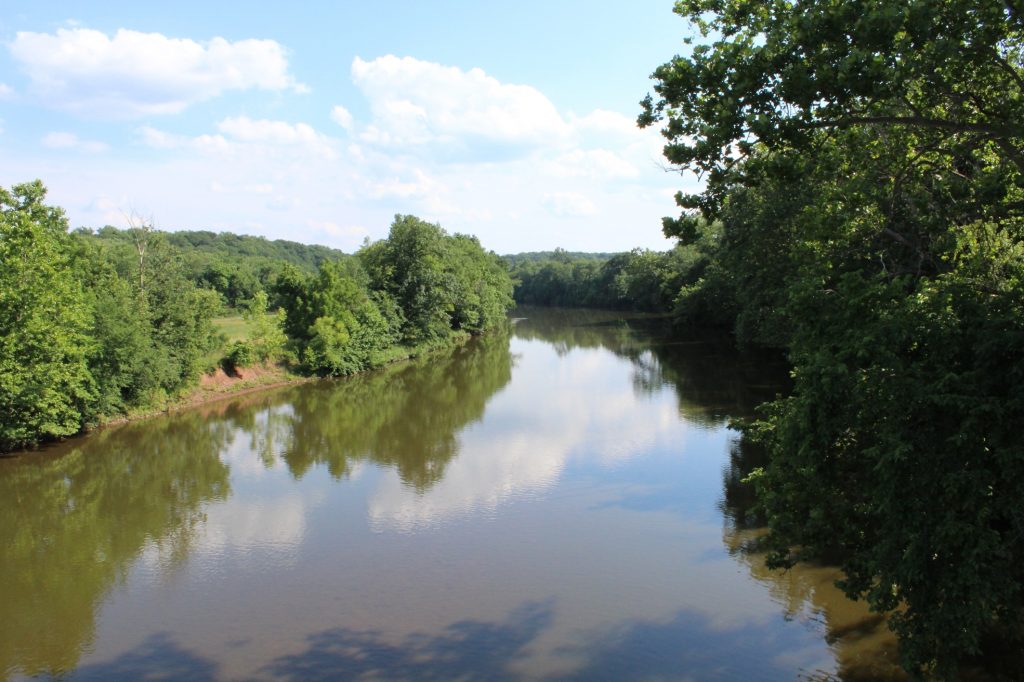We Need to Protect Our Watersheds. But What Exactly Is a Watershed?

You’ve see the signs along the highway, “Entering the XX Watershed.” But what does that mean?
Maybe you’ve also read about or seen signs for a watershed association.
But what, exactly, is a watershed?
Simply defined, a watershed is the area of land between ridges where precipitation collects. As you may remember from Science class, most of this precipitation runs off through rivers and their tributaries, but some of it seeps into the ground, adding to the water table beneath the surface. This water table is where most of our drinking water comes from.
No matter where you live, you are an essential part of a watershed. These areas are often named after the valley in which they are located or a major local waterway, such as a bay. Closed watersheds empty into an inland body of water, such as a lake. Open watersheds empty into the ocean. A river watershed encompasses not just the river, but also its tributaries and any groundwater springs.
Most people don’t stop to think about the water that lies beneath the ground they stand on. But they should. According to the Environmental Protection Agency, “more than $450 billion in foods, fiber, manufactured goods and tourism depend on clean, healthy watersheds.” Anything that ends up in our waterways has the potential to impact our health.
Only 50 years ago, many rivers in the U.S. were too polluted to sustain life. The Clean Water Act of 1972 changed this, primarily through regulating the discharge of pollutants into navigable waters. Though we have come a long way, pollutants still make their way into the nation’s waterways. This affects our water supply as well as the health of plants and animals that live in and around them.
The government can’t and shouldn’t be solely responsible for maintaining water quality. In many areas, watershed organizations have taken on this responsibility to work with residents and governments on a local level. This is often through a focus on stormwater management. These often volunteer-based groups monitor water quality, provide information on current conditions and make predictions based on scientific observations. Many also maintain trails and provide outdoor education programs for children and adults alike.
While we all know that the Earth is mostly water, it may come as a surprise to learn that less than four percent of the Earth’s water is freshwater. Most of this is groundwater that made it’s way there after traveling through a watershed. Want to know more about your watershed and water quality? Put in your location at the USGS My Waterway website to see your watershed boundaries and the health of its waters.
